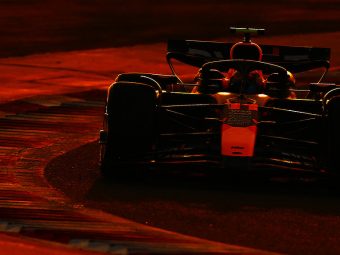As Formula One enters a new era of regulations, which is predominantly focused on aerodynamics, perhaps it is time to look back at an era, a year where Formula One technology was perhaps at its zenith. And because there is so much nonsensical F1 news coverage at this time of the year, we decided to take a look at the Williams FW14B. The year was 1992 and the FW14B was, perhaps, the most technologically advanced F1 car of all time. Maybe not as aerodynamically advanced as 2021 F1 cars, but way more advanced than in terms of its active suspension setup.
The active suspension was first developed by Lotus F1 in the 1980s. Over the years active ride technology was iterated for road car use by vested interests. But no car manufacturer could find any use for it. So, to cut a long story short, active ride technology patents ended up with the Williams F1 team. The original active suspension was mechanically orientated, which was inefficient. Williams F1 decided to use electronic actuators controlled by a computer brain.
Even though Williams F1 had the best computer hardware technology at the time, by today’s standards it was primitive. But at the time this ‘primitive’ computer hardware would have been state-of-the-art technology. Over the years, Williams F1 refined the active ride until it reached its peak in the 1992 FW14B.
The FW14B was a physical car to drive, which suited Nigel Mansell to the ground. Mansell went on to destroy the competition winning the first five races of the 1992 season. He would go on to end the season by scoring a then-record nine victories. The FW14B was so dominant in Mansell’s hands that he wrapped up the championship at the Hungarian Grand Prix, with five races still to run.
The documentary gives an insight into the emergence of the Williams FW14B and the 1992 F1 season from the people who made the legend.








